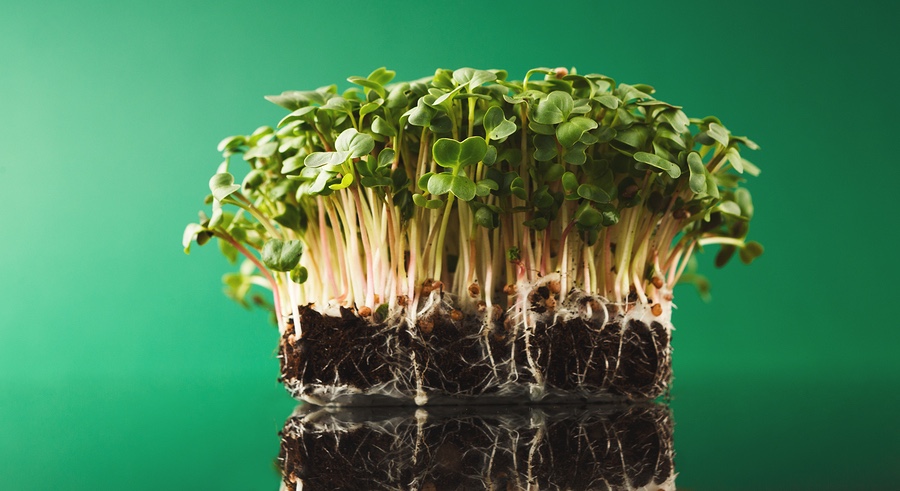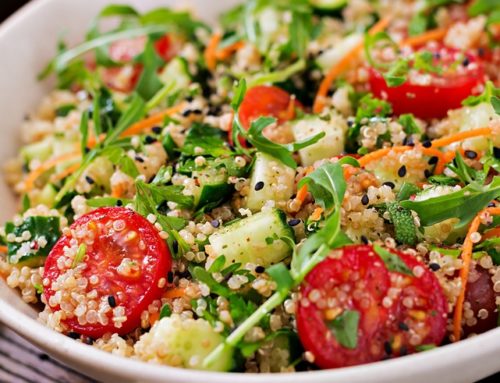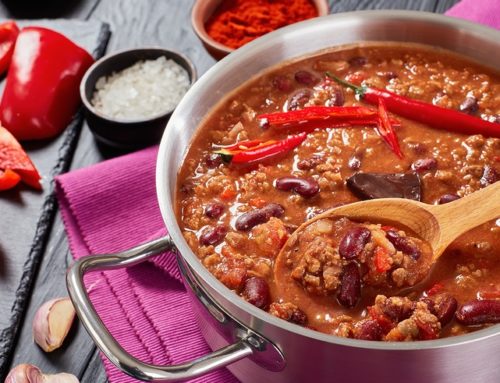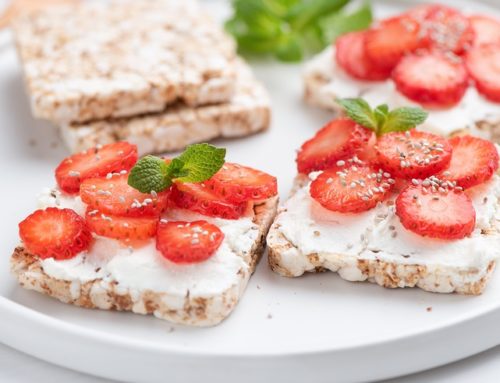Have you seen those beautiful green and purple sprouts decorating your plate at a hot new restaurant or atop your favorite avocado toast? If you tend to push these aside, think again! These toppings are called microgreens and they can actually boost your nutrition and bring out your inner foodie at the same time!
Let’s learn all about these tiny leaves, and how to use them.
What are microgreens?
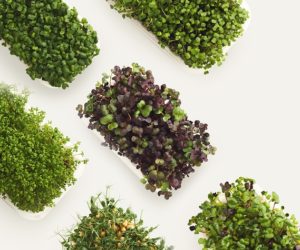
Examples of microgreens
To put it simply, microgreens are younger, smaller versions of the larger greens you are already familiar with; plants like red cabbage, wasabi, arugula, broccoli, kale, as well as herbs like basil, cilantro, and parsley. While microgreens have leaves, only the stem and leaf are considered edible. Microgreens tend to have a stronger flavor and aroma than their larger counterparts, and are often used as a garnish, or to accentuate the flavors in dishes. The flavors range from nutty, to spicy, to bitter, depending on the variety.
Why use them
Aside from making your dishes look chef-inspired, microgreens also come with a fantastic, nutrient profile. Like most plants, they are rich in fiber, prebiotics, vitamins, minerals, and phytochemicals, all while containing very few calories. So, what makes them different? According to a study completed by the USDA’s Agricultural Research Service, microgreens have about five times more nutrients than mature leaves. That is a significant difference! While the exact nutrient content varies among the varieties, they tend to be higher in Vitamins C, E, K, and beta-carotene. Some varieties also contain higher levels of potassium, magnesium, iron, zinc, and copper.
How to use them
Because their shelf life is very short, microgreens are generally sold in large plastic clamshells prior to harvest. Be sure to remove the cover so the greens have access to oxygen, and place in a sunny spot for best results. If inclined, it is it also very simple to grow them at home or find fun varieties at your local farmer’s market. When ready to use, simply rinse precut greens or snip the shoots off at the base, wash, and add to your favorite meals.
Use microgreens as you would other greens like spinach or kale, or as a garnish in place of things like parsley or cilantro. For example, use them like lettuce greens in smoothies, salads, and wraps. To preserve their nutrient content, it is not recommended to cook microgreens. But, they can be used as garnish for dishes like soups, casseroles, stir-fries, pizza, omelets, or curries. Simply prepare the dish as you ordinarily would, and serve with a handful of microgreens. Your dishes will look professional, and be packed with optimal nutrition.
For more inspiration, check out the recipes section of the media library!

